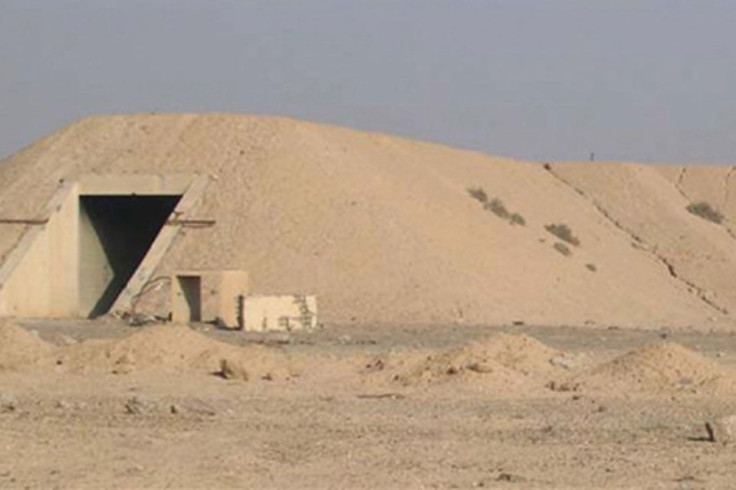Saddam-Era Chemical Weapons Now Under ISIS Control: Reports

Correction: In the original story, the name of the city where the chemical weapons facility is located was incorrectly mentioned as Muthanna in the third paragraph. While the name of the weapons complex is Muthanna, it is located near the city of Samarra, northwest of Baghdad. The story has been updated to reflect this correction.
According to a recent report published in the journal Middle East Review of International Affairs, or MERIA, militants of the Islamic State group used chemical weapons, including mustard gas, against Kurdish fighters in the Syrian border town of Kobani during their first attempt to capture the town in July.
The report, which is based on testimonies from eyewitnesses on the ground, said that the chemical weapons had been transferred to the Syrian province of Raqqa from a Saddam Hussein-era chemical weapons facility located near the Iraqi capital of Baghdad. The report has prompted fears that ISIS could have access to vast stockpiles of chemical weapons, including sarin, mustard gas, and VX, a nerve agent.
In June, reports emerged that the Islamic State group had captured Muthanna, a chemical weapons facility, near the city of Samarra, located 45 miles northwest of Baghdad. At the time, the United States government said it did not believe that the complex, which was considered to be one of Saddam Hussein’s most important chemical weapons facility, built during Iraq’s war with Iran in the early 1980s, contained “Chemical Weapons materials of military value.”
However, according to a report published by The New York Times on Tuesday, the U.S. military not only recovered massive stockpiles of chemical weapons in Iraq, including in the Muthanna complex now controlled by ISIS, it actively attempted to keep the discovery of the munitions a secret. The report, which is based on interviews with several former U.S. army personnel, alleged that between 2004 and 2010, soldiers found thousands of rusty and corroded chemical munitions.
The Times report noted that all of the chemical munitions discovered in Iraq were made before the 1991 Gulf war, and had been “designed in the United States, manufactured in Europe and filled in chemical agent production lines built in Iraq by Western companies.”
The U.S. campaign in Iraq in 2003 was launched on the assumption that Saddam Hussein was hiding and actively enriching a massive stockpile of chemical weapons. However, the Times report alleged, because no such “active weapons of mass destruction program” were reportedly discovered in Iraq, the U.S. government suppressed knowledge of the discovery to avoid further embarrassment.
According to the Times report, though U.N. inspectors reported finding no evidence of weapons of mass destruction as claimed by the U.S. administration at the time, American troops during their occupation of Iraq found stockpiles of chemical weapons, which were identified as having been manufactured before 1991. The aged and rusty shells and rockets, though unfit to be used as originally intended, reportedly still contained deadly chemical agents.
The rise of the Islamic State group in Iraq has rekindled concerns that the militants could now be in control of a huge chunk of the nearly 5,000 chemical warheads discovered in Iraq, and that they could use these weapons, banned under the Chemical Weapons Convention of 1997, in their onslaught in Syria and Iraq.
“The probable possession by the Islamic State of a chemical weapons capability is for obvious reasons a matter of the gravest concern, and should be the urgent subject of further attention and investigation,” the MERIA report said, adding that evidence strongly suggested that at least a part of Saddam Hussein’s chemical weapons arsenal is now being used in combat by the Islamic State group.
© Copyright IBTimes 2024. All rights reserved.





















